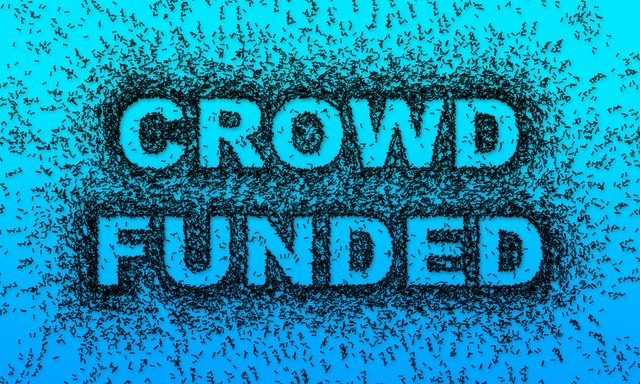Using data and user stories to demonstrate potential impact
Combining quantitative metrics with concise user stories gives grant reviewers a fuller picture of likely outcomes. This article outlines practical steps for women-led ventures to select indicators, collect testimony, and present evidence that strengthens applications and reporting globally.

Demonstrating potential impact requires both credible numbers and relatable human stories. For women-led ventures seeking funding, reviewers look for evidence that proposed activities will produce measurable outcomes and meaningful change. This article provides a structured approach to selecting metrics, gathering user testimony, integrating entrepreneurship indicators, and aligning proposals with eligibility requirements so applications are clear, verifiable, and persuasive.
How can funding metrics demonstrate expected change?
Start with a concise set of funding-related indicators that match your project goals: number of beneficiaries reached, projected revenue growth, cost per beneficiary, and fundraising milestones such as crowdfunding targets or follow-on investment probability. Use baseline data to show where you are today and model expected changes over time with transparent assumptions. Present projections alongside ranges or confidence statements when possible to avoid overstating certainty. Visual summaries—small tables or simple trend lines—help reviewers scan the financial logic quickly.
How can entrepreneurship indicators strengthen the case?
Entrepreneurship metrics that convey viability include customer acquisition rates, churn, product adoption, and business survival rates. For founders, showing early traction—pilot results, repeat customers, or modest revenue—is persuasive. Map how grant funding will accelerate entrepreneurship outcomes: faster product development, pilot scaling, or expanded marketing. Connect those operational milestones to measurable impacts so reviewers understand both short-term outputs and long-term sustainability. Mention potential fundraising pathways like crowdfunding or angel interest to indicate post-grant continuity.
How should founders gather and use user stories?
Collect short, representative user stories that link directly to your chosen metrics. Use structured interviews or brief surveys so each testimony includes an identifiable outcome (for example, increased income, saved time, or new skills). Ensure consent and anonymize sensitive details while keeping some verifiable reference points. When integrated with numbers, a user story becomes evidence of mechanism: it explains how and why a metric moved. Include a diversity of voices—participants, customers, or partners—to show both depth and breadth of impact.
How can applications address eligibility and proposal clarity?
Clearly map your project to eligibility criteria at the start of the application: target population, geographic scope, sector alignment, and any governance or partnership requirements. In proposal sections, use concise headings for problem statement, activities, measurable outcomes, timeline, and risks. Describe monitoring methods for metrics and how user stories will be collected and verified. Transparency around limitations and mitigation strategies reduces reviewer uncertainty and improves the perceived credibility of both your data and narrative.
How should budgeting and fundraising be integrated with impact plans?
Allocate explicit budget lines for monitoring, evaluation, and reporting: survey platforms, staff time, participant stipends, or external evaluators. Show how fundraising or crowdfunding activities fit into the financial road map and which line items grant funds will cover versus expected revenue or in-kind support. A realistic budget that includes costs for data collection demonstrates commitment to accountability. When possible, link budget categories to outcome metrics (for instance, cost per trainee) so funders can see the relationship between spend and results.
How can mentorship and networking be measured and reported?
Mentorship and networking often amplify impact; track them with specific indicators such as mentorship hours, mentor-mentee matches maintained, introductions that lead to partnerships, or participation in networking events. Use user stories to illustrate concrete outcomes that emerged from those connections—new clients, partnerships, or access to capital. Include methods for verifying these outcomes, such as follow-up surveys or documented introductions, and incorporate these indicators into regular reporting to show how non-financial supports contribute to measurable change.
Conclusion
A persuasive impact case blends reliable quantitative indicators with authentic qualitative stories. For women-led ventures submitting applications, this means choosing manageable metrics, budgeting for credible measurement, collecting representative user testimonies, and presenting eligibility and proposal details clearly. When reviewers can see aligned data and narratives, the potential for funding and meaningful, sustained outcomes becomes much easier to assess.





